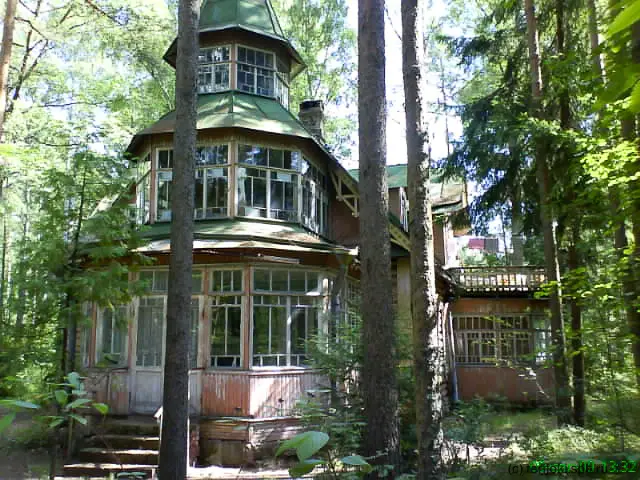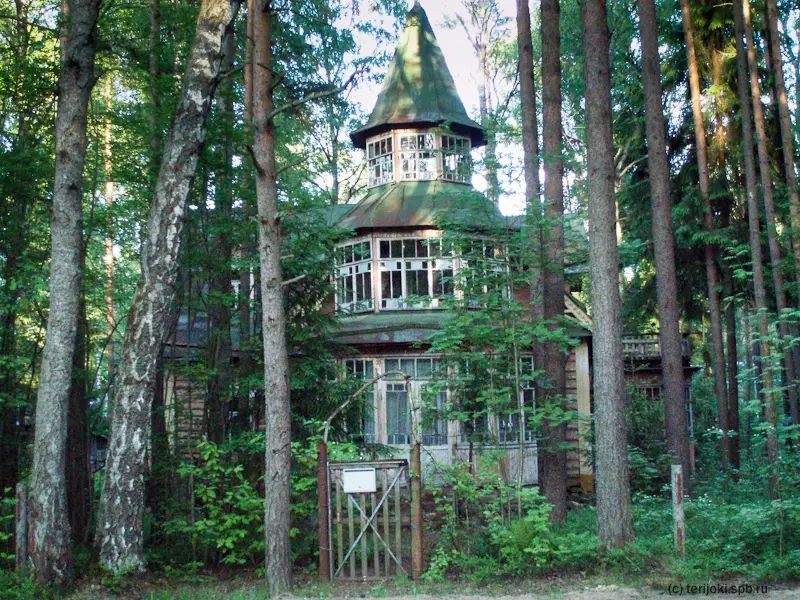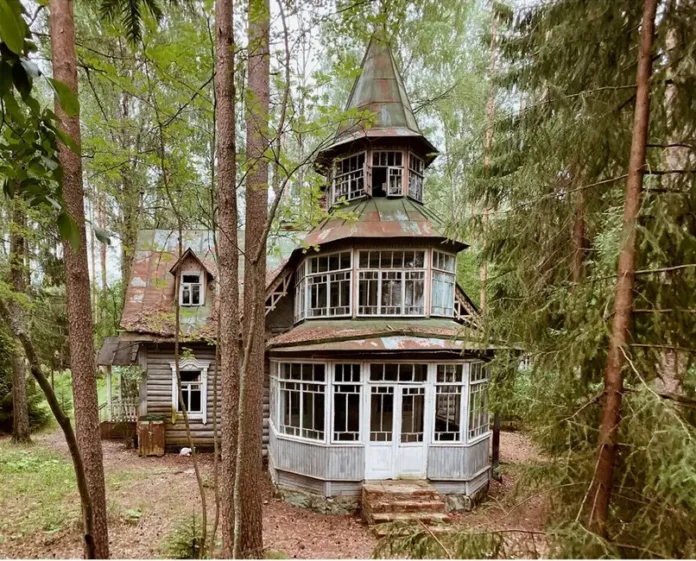In 1919, Vladimir Lenin issued a stern directive to Russian writer Evgeny Chirikov:
“Evgeny Nikolaevich, leave. I respect your talent, but you bother me. I will be forced to arrest you if you do not leave.”
With those chilling words, Chirikov was effectively exiled and forced to leave Russia in 1920.

Born on July 24 (August 5), 1864, into a modest noble family, Evgeny Chirikov spent much of his early life moving throughout the Kazan and Simbirsk provinces due to his father’s official postings. He initially pursued a law degree at Kazan University but later transferred to the Faculty of Mathematics. In 1887, he was expelled—alongside Lenin himself—for participating in student riots, leading to his exile in Nizhny Novgorod. During this period, he lived in a small house on Kholodny Lane.

By the turn of the 20th century, Chirikov’s literary reputation had soared. He was considered one of the greats of his time, standing alongside luminaries such as Anton Chekhov and Maxim Gorky.
The house featured in this story is located in Komarovo and became part of Chirikov’s life through his wife, Valentina Chirikova (née Iolshina), who acquired it in 1907. Around 1916, the couple sold the property to Anna Nikolaevna Petrovskaya, the wife of a fellow summer resident—Court Counselor Leonid Konstantinovich Petrovsky, an official with the St. Petersburg detective police.
Though the house is currently unoccupied, neighbors say it has been designated a historical monument. Despite its decent condition, the property remains empty—an echo of the past, left in limbo.
After his expulsion from Russia in 1920, Chirikov continued to write prolifically while in exile, eventually becoming one of the most respected voices in Russian émigré literature.
Today, the future of his once-vibrant home—like many pre-revolutionary estates—hangs in the balance. Without government support for preservation, it is up to the current owners to carry the weight of history and restore these architectural and cultural treasures before they’re lost to time.

